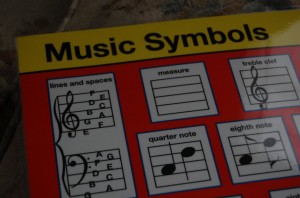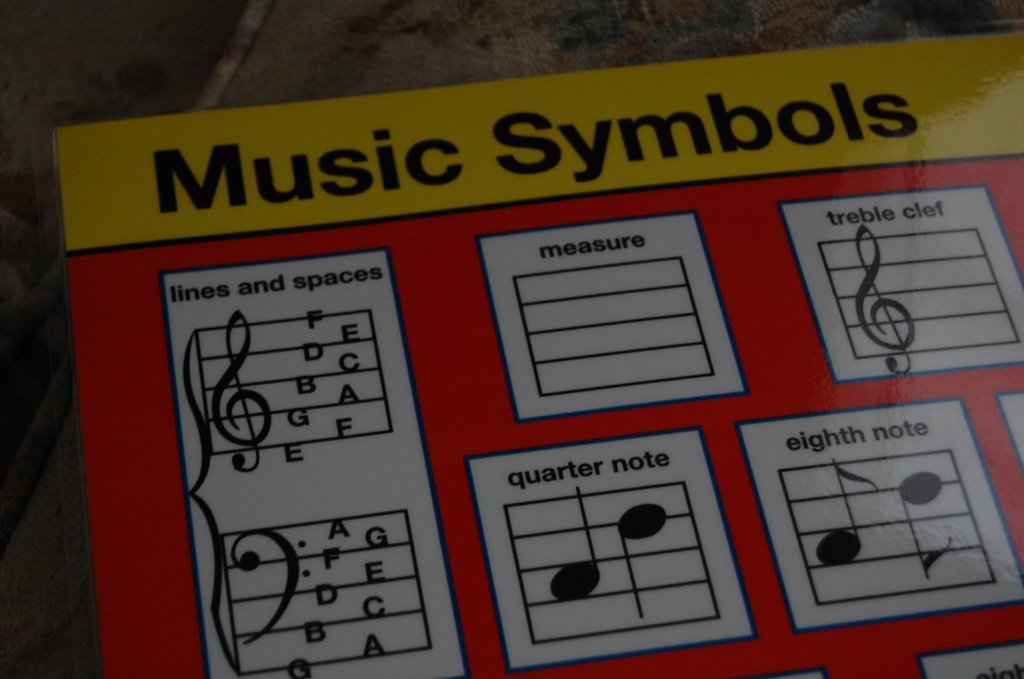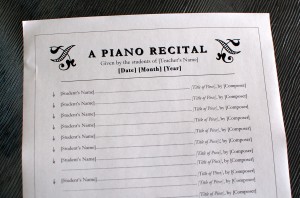
I am excited to announce the first ever free giveaway on the Color In My Piano blog! *drumroll…*
THREE lucky winners will each be mailed a pair of laminated boards for learning and drawing music symbols. (You may recall when I blogged about these boards here. I am keeping my set, of course, but I went back to buy more to share with you!) These boards have a lot of potential for team games at group lessons or summer piano camps, or can simply be used during the private lesson. They are two-sided — one side shows the symbols and their names, and the other side lists the names but leaves a blank staff for the student to draw the symbol. Both sides are laminated to allow use with a dry-erase marker.
Unfortunately, because the prize is such a odd-shaped object and is expensive to ship, this giveaway is limited to readers from the continental U.S. only.
To enter: Continue reading “May 2010 Free Giveaway: Drawing Music Symbols Boards” →





 Today’s free printable is a another template of a piano studio recital program, for listing students’ names and pieces.
Today’s free printable is a another template of a piano studio recital program, for listing students’ names and pieces.


